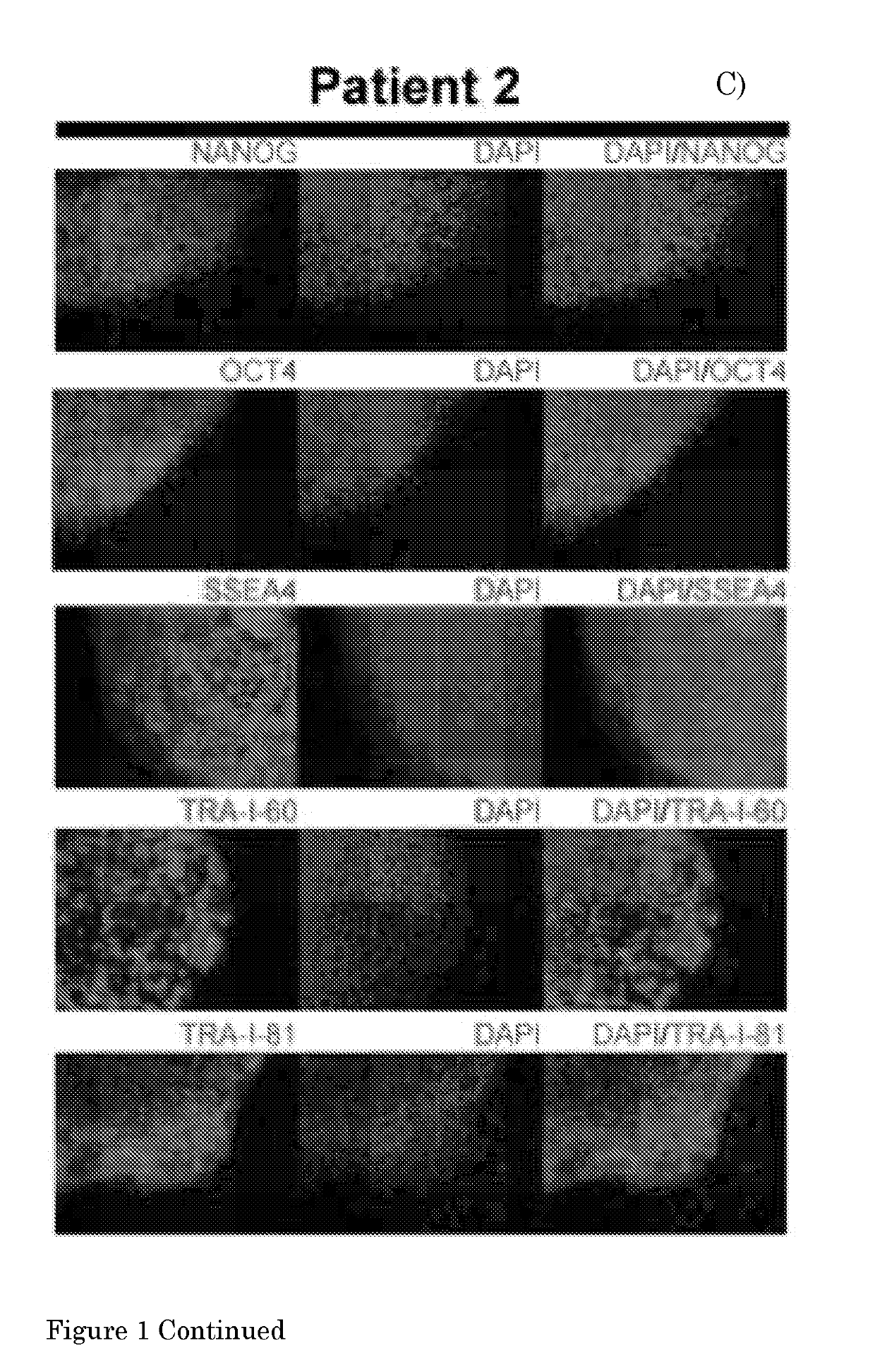A method for culturing myogenic cells, cultures obtained therefrom, screening methods, and cell culture medium
- Summary
- Abstract
- Description
- Claims
- Application Information
AI Technical Summary
Benefits of technology
Problems solved by technology
Method used
Image
Examples
embodiment 1
[0133]The present invention provides a method for culturing an isolated myogenic cell, comprising the step of
a) culturing an isolated C-Met+ and Hnk1− myogenic cell in a culture medium comprising an FGF pathway activator; wherein said myogenic cell is isolated from a myogenic cell culture obtained by culturing a pluripotent stem cell (PSC) with (i) a Wnt agonist and / or a glycogen synthase kinase 3 beta (GSK3B) inhibitor, and (ii) an FGF pathway activator.
embodiment 2
[0134]The present invention provides a method according to Embodiment 1, wherein the pluripotent stem cell (PSC) is an embryonic stem cell (ESC) or induced PSC (iPSC), preferably a human PSC (hPSC), more preferably an iPSC derived from a fibroblast of a human subject, preferably a human subject suffering from a (neuro)muscular disorder.
embodiment 3
[0135]The present invention provides a method according to embodiment 1 or embodiment 2, wherein culturing the pluripotent stem cell comprises a first period of culturing with a Wnt agonist and / or a glycogen synthase kinase 3 beta (GSK3B) inhibitor, and a second period of culturing with an FGF pathway activator.
PUM
 Login to View More
Login to View More Abstract
Description
Claims
Application Information
 Login to View More
Login to View More - R&D
- Intellectual Property
- Life Sciences
- Materials
- Tech Scout
- Unparalleled Data Quality
- Higher Quality Content
- 60% Fewer Hallucinations
Browse by: Latest US Patents, China's latest patents, Technical Efficacy Thesaurus, Application Domain, Technology Topic, Popular Technical Reports.
© 2025 PatSnap. All rights reserved.Legal|Privacy policy|Modern Slavery Act Transparency Statement|Sitemap|About US| Contact US: help@patsnap.com



